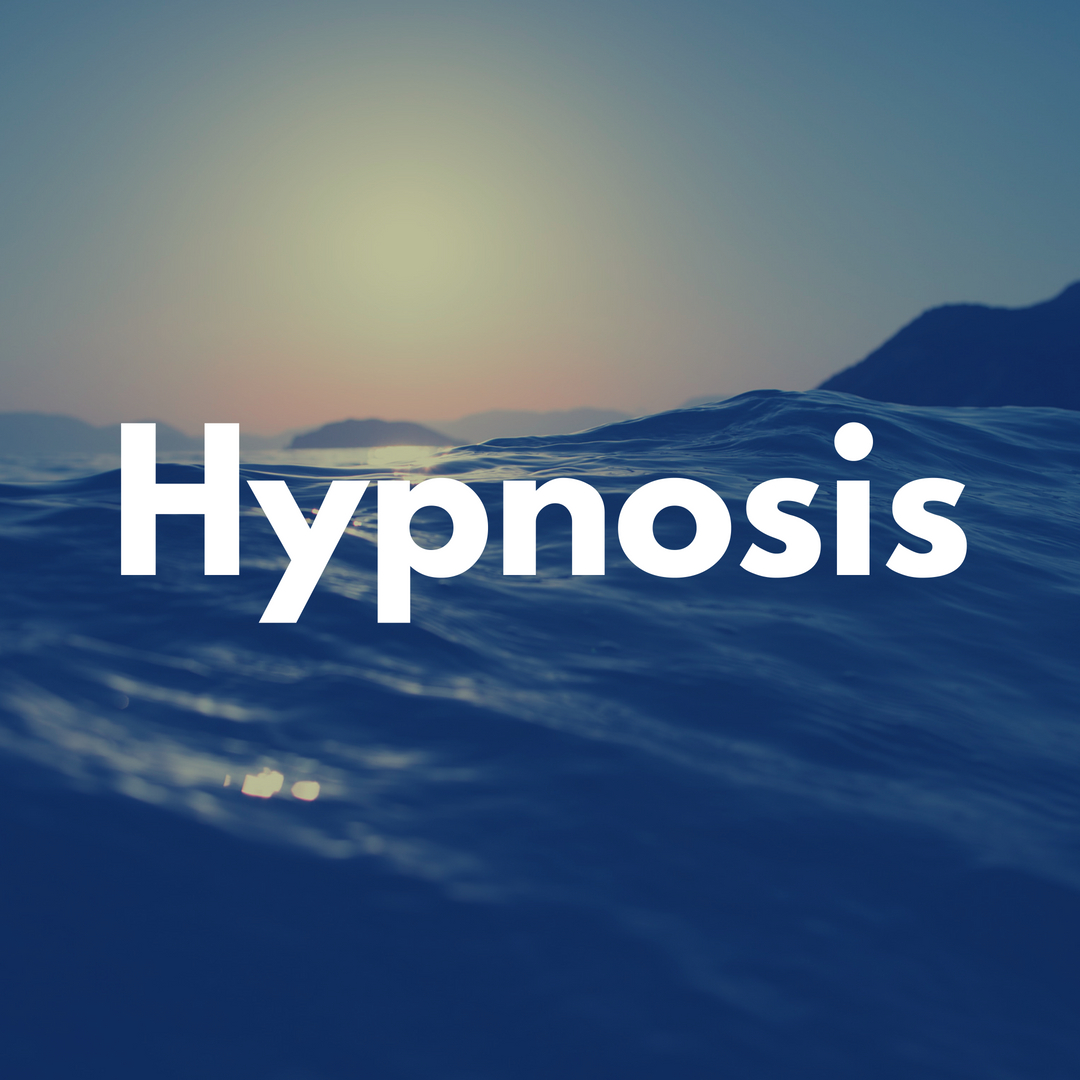Required
A very brief history of hypnosis
A very brief history of hypnosis – Hypnotherapy in Ely & Newmarket
I think any professional hypnotherapist should continue to pursue their learning and development and so for that reason, last year I decided to undertake another hypnotherapy qualification course to go with the qualifications I already held. The field of hypnosis and hypnotherapy, like all of psychology disciplines, continues to grow and evolve and it’s important to keep abreast of the latest developments, particularly from the field of research, and to take on board other points of view and schools of thinking, rather than being wedded to only one approach or programme. I want to make sure I am offering the best possible advice and service to benefit my clients.
Whilst many hypnotherapists turn their back on an evidence based approach, I think it provides useful clarity and insights that can be adapted to help you achieve your goals.
Part of my research for the course included writing a brief summary of how hypnosis and hypnotherapy have evolved over time. The field of hypnosis has a very long history and continues to evolve and develop to this day, yet for those interested, here is a brief overview of how things have adapted and changed over the years.
My very brief overview of the history of hypnosis
Whilst debate exists about the exact origins of hypnosis (and thus hypnotherapy if we define this as using hypnosis for therapeutic purposes), most discussions tend to start with the influence of Mesmer (1734-1815) and the work of Braid (1795-1860).
Mesmer believed that the human body had two poles like a magnet, and that the human body emitted an invisible magnetic fluid of some kind. This led Mesmer to believe that any disease was caused by some kind of interruption in the flow of that magnetic fluid. To cure people, Mesmer asserted that the flow within the individual needed to be corrected. The role of practitioners such as Mesmer was to use this ‘magnetic force’ to heal the patient.
Mesmer proposed the existence of a universal force that he called ‘animal magnetism’. He believed that he had the ability to restore the natural flow of animal magnetism within a person’s body and that by doing so, he would heal their illness or ailment.
Whilst the Franklin Inquiry (1784) into Mesmerism could find no evidence of the existence of anything that could be called ‘animal magnetism’, the work of Mesmer certainly did (at least when we look back today) involve the use of such aspects as belief, imagination, suggestion and the importance of rapport between client and therapist, all of which can be considered fundamental within modern hypnotherapy.
However, the work of Mesmer has also led to modern day misconceptions about hypnosis. Mesmerism gave the impression that the power lies with the practitioner and that some sort of power is being exerted by them over their client. In this way, Mesmerism also supported the notion of hypnosis as being a ‘special state’ of some kind, something done to the client by the hypnotist. As discussed below, the debate about whether hypnosis is, or is not, a special state is a debate and discussion that continues to this day amongst practitioners.
James Braid, who many consider the founder of hypnosis, watched a Mesmeric demonstration and recognised the psychological nature of what he witnessed. According to Robertson (‘The Practice of Cognitive-Behavioural Hypnotherapy’), ‘Hypnosis was discovered by Braid in 1841, and entailed a more common sense psychological explanation of the apparent effects of mesmerism. Braid defined hypnotism as focused attention upon an expectant dominant idea or image’. Braid coined the term ‘hypnotism’ to stress the fact that the results were due to ordinary psychological and physiological processes, such as suggestion and focused attention, rather than Mesmer’s ‘animal magnetism’.
Through his work, Braid came to consider that hypnosis was characterised by a heightened concentration on a single idea suggested by the hypnotist. In this state, Braid’s view was that our imagination, belief and expectancy were more intense than in our normal waking state.
This period also marked an increase in the state versus non-state theories of hypnosis and Braid and Eliotson (who promoted mesmerism, particularly in surgery) were opponents in this regard.
In brief, ‘special state’ theorists of hypnosis ‘believe that hypnosis is a special state, that hypnosis is all about altered consciousness and gives the impression of it being magical in some way’ (Eason, ‘The Science of Self-Hypnosis’). Non-state proponents explain hypnosis as being based on more ordinary psychological processes, with hypnotism being essentially the art and science of suggestion rather than that of inducing ‘trances’ or altered states of consciousness.
Such arguments existed within the work of Charcot (1825-1893) and Bernheim (1840-1919). Charcot took the view that hypnosis was a special state, similar to people with hysteria, mania and other mental disorders who all exhibited phenomena such as hallucinations and amnesia. He insisted that hypnosis was a abnormal state found in the mentally ill. In contrast, Bernheim placed the emphasis on the role of suggestion and likened hypnosis to a much more amplified occurrence of everyday phenomena. He demonstrated that the entire range of hypnotic phenomena could be elicited in ordinary members of the population.
Modern day non state proponents of hypnosis often cite the importance of Bernheim and indeed, Robertson describes him as ‘perhaps the second most important figure in the history of hypnotism’ with his view that there was no such thing as ‘hypnosis’ other than heightened suggestibility. Bernheim saw hypnosis as a form of intensified suggestibility which magnified normal everyday psychological processes.
At the start of the 20th Century, hypnosis went into decline, particularly with the advent of Freud’s psychoanalytical approach to psychotherapy. However, from the 1950s onwards, there has been a resurgence in the application of, and interest in, hypnosis.
In the 1950s, Sarbin (1911-2005) employed concepts from ‘role theory’ to understand hypnosis. His view was that ‘the hypnotic subject has a “role perception” and within hypnosis settings, he suggested that individuals take the role suggested to them and in doing so actively enact the associated behaviours. Thus rather than being a special state, this theory proposed that the subject wanted to please the hypnotist and so plays out the expected role.
Into the 1960s we see the non-state influence of Barber (1927-2005), whose research suggested that hypnosis was a result of ordinary psychological factors, such as imagination, motivation and expectation. Barber demonstrated that certain hypnotic phenomena (especially amnesia, enhanced muscular performance and arm levitation) could be equally achieved with people who were not hypnotised. Instead, the research participants were led by the researchers to have a positive attitude towards the outcome of the task they have been set, to be motivated to perform well, and to expect that they will be able to perform the task
Indeed, more recently, Kirsch (1942- ) has supported the importance of the subject’s expectation as being a dominant factor in hypnosis. He has argued that the response expectancy created in the subject by the hypnotist and the environment is the very essence of hypnosis itself.
In the non-state camp is also Spanos (1942-1994), who considered that hypnosis was nothing more than ‘goal directed fantasy’ on the subject’s part, that is, that the person is not just passively letting things happen but is actively making things happen. Spanos is also a noteworthy figure as he developed his own method of training people to be good hypnotic subjects (the Carleton Skills Training Programme).
In contrast to these non-state proponents, there is the influence of Erickson (1901-1980) who used indirect suggestions to induce hypnosis and therapeutic change. His work was modelled by Bandler and his language patterns are captured within the field of NLP. Erickson’s work is still hugely influential with many hypnotherapy practitioners today and places emphasis upon notions of ‘trance’ and the ‘unconscious mind’, and considers that people have all the resources they need to solve their problems.
Also noteworthy in discussion of the history of hypnosis and hypnotherapy is the Paul Mckenna/Gates trial (1998) where McKenna’s defence team proposed a non-state theory of hypnosis and it was declared that ‘all hypnosis is self-hypnosis’. Thus a person actually has to engage in the process or no hypnosis occurs.
In addition to the emergence of NLP and Ericksonian approaches, the past 50 years has seen the continuance of the state versus non state debate amongst hypnotherapists. Today, cognitive behavioural hypnotherapists reject the notion of hypnosis as a special state of consciousness.
For example, Robertson writes that ‘Hypnotism is essentially the art and science of suggestion, and not that of inducing “trances” or altered states of consciousness. Hypnotherapy is therefore the therapy of ‘imaginative suggestion’, of words that are used to stimulate the conscious imagination profoundly enough to bring about genuine therapeutic change’ (‘The Practice of Cognitive-Behavioural Hypnotherapy’).
And Eason asserts that ‘we explain hypnosis in terms of a hypnotic “mind-set” comprising of ordinary processes, such as our beliefs, our imagination, our expectations, our attitude towards hypnosis, our level of motivation, the depth of our engagement with the role of being hypnotised…”hypnosis” simply refers to a set of attitudes and behaviours that facilitate hypnotic responses’ (‘The Science of Self-Hypnosis’).
Perhaps mirroring modern day demands for immediacy, there has been a growth in the number of practitioners promoting ‘rapid’ results and ‘instant inductions’ within their marketing and promotion. Whilst certainly appearing compelling, what is less clear is the benefit to the client who is not assisted to develop self-efficacy to deal with future challenges, and there is an absence of genuine research or compelling evidence to support the longevity of results. In contrast to this, recent years have also seen the growth of research and evidence supporting the use of hypnosis for certain kinds of condition, with a number of studies published assessing whether hypnosis can be considered specific, effective or possible as an empirically-supported treatment.
The emergence of Cognitive Behavioural Therapy has perhaps diluted the ‘renaissance’ of hypnosis and hypnotherapy to a degree, despite the fact that hypnosis goes well with cognitive behavioural therapy (CBT), because many of the processes and techniques used in the field of cognitive behavioural therapy mirror those used in hypnosis and self-hypnosis. Indeed there is research that suggests that hypnosis enhances cognitive behavioural therapy.
CBT (and, more recently, mindfulness) have perhaps been able to successfully establish themselves in recent years in ways that hypnosis and hypnotherapy have arguably been unable to (despite the growing body of research supporting hypnosis). There could be several reasons for this including myths and misconceptions surrounding hypnosis (e.g. from TV and film), the special state concept of trance with its suggestion that the subject is controlled in some way (which can create fear that leads to people avoiding hypnosis) and it has been suggested that the poor standard of many hypnosis/hypnotherapy publications and articles over the years may have damaged the credibility of the field. In addition, hypnosis often continues to be portrayed quite poorly on TV and in films which perpetuates many myths and misconceptions in the public eye.
It is perhaps arguable that poor standards in some training schools have also damaged the field as it leads to practitioners with limited skills and capability to assist clients. As Eason writes, ‘Many hypnotherapy training courses offered to the public these days are a single model, devised by the school founder and lead trainer. Some are excellent I am sure. Yet there is no critique offered. They virtually sell this singular model and extoll all the reasons that it is so good, but do not offer up the other side of the debate, or offer up potential criticisms of their model or favoured approach. However good the training is, the depth of education is always going to be lacking if there is not a transparent approach to what is being taught’ (Eason, ‘Why Prominent Hypnotherapists and Hypnotherapy Training Schools Need To Know How To Take Criticism’).
The growth of the internet has also led to change in the field. Rather than being confined to their geographical area for their client base, practitioners may now conduct session with a client anywhere in the world using such tools as Skype and Facetime. Social media has also arguably led to a growth in hypnotherapists who promote their own approach and techniques for commercial gain to a wide audience of their peers.
However, there may be questions about whether these techniques are supported by evidence as to their effectiveness and as Eason puts it, ‘there are then those individual hypnotherapists and hypnotherapy training schools offering adjunctive CPD techniques that they have devised. Many are excellent. Yet the teacher gets defensive when asked for evidence of that technique. They get defensive when a criticism is offered up. They get defensive if someone cannot seem to get it to work for them. They take anything other than glowing praise as an attack’ (Eason, ‘Why Prominent Hypnotherapists and Hypnotherapy Training Schools Need To Know How To Take Criticism’).
The history of hypnosis is a fascinating topic that has much more depth and variety than I can do justice to and include in a single blog post (there are whole books out there on the subject). Whilst I believe the evidence supports the notion of hypnosis being built upon the utilisation of ordinary psychological processes, there are still those who rely on concepts of the unconscious mind and mystery within their work, despite the lack or any objective evidence to support such approaches. Unfortunately the media tends to be unhelpful in this regard and often forsakes fact and reality for entertainment and ratings. Perhaps the one thing that all of us professional hypnotherapists can wish for is that more training schools and practitioners will adopt more evidence based approaches and be willing to challenge their thinking and approaches more robustly for the benefit of clients now and in the future.
To your success,
Dan Regan
Hypnotherapy Ely, Newmarket, Skype
https://www.danreganhypnotherapy.co.uk/
Struggling with anxiety, stress, worry and fear and need some help? Find out how I can help with a Complimentary Hypnotherapy Strategy Session. Learn more here: Appointments
Find out what dozens of other people have said after their hypnotherapy sessions with Dan: Hypnotherapy Testimonials
And check out these powerful hypnosis downloads that can start helping you right away with anxiety, confidence and more: Hypnosis Downloads
Get Your Copy Right Now…
Subscribe to Dan’s Digest filled with tips, strategies and techniques and get instant access to your free rapid relaxation hypnosis audio track.
Enjoy feeling and being more mentally calm and physically relaxed right now:





0 Comments